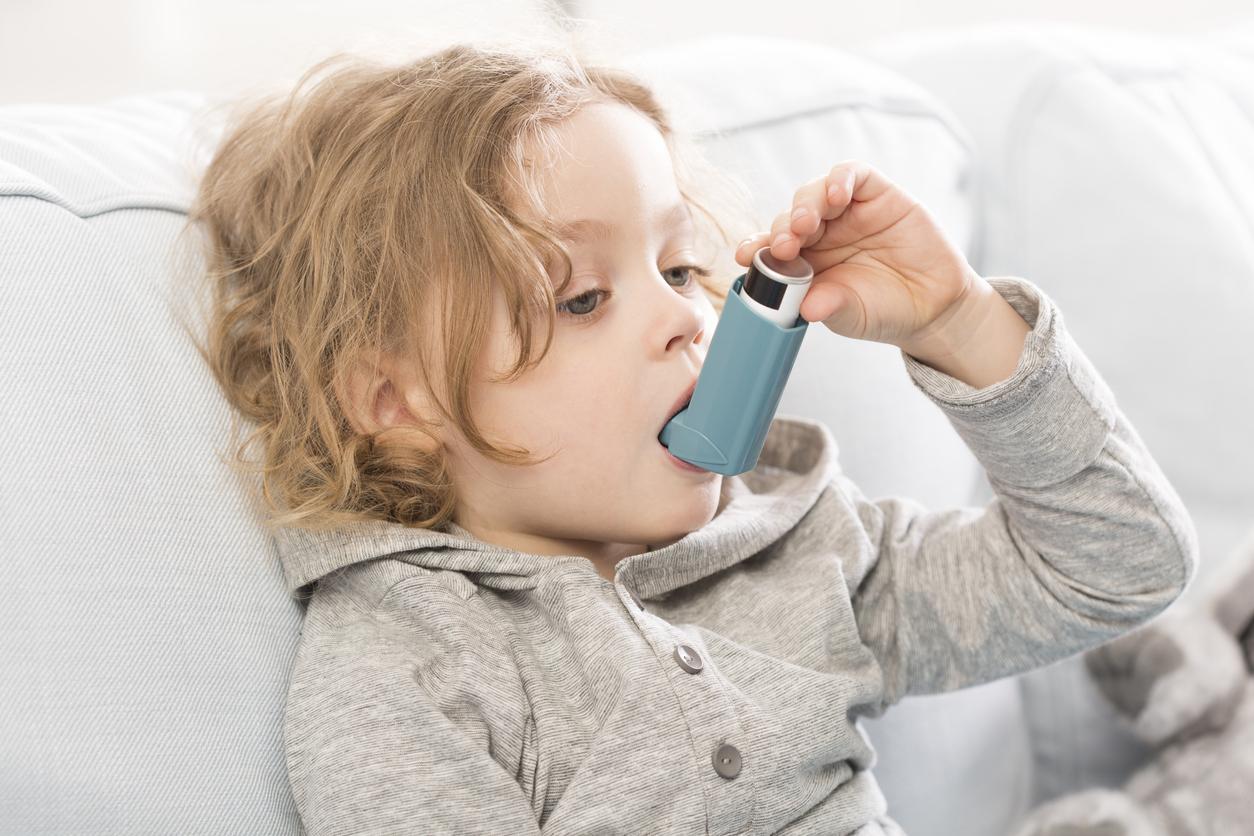More than a million Britons are diagnosed with asthma, but do not show signs of it. Health authorities alert doctors to these over-diagnoses.

One in three asthma is wrongly diagnosed in the UK. A million people would therefore be treated unnecessarily. This is what the Institute for Excellence in Care and the Health System (NICE) affirms. He emits new recommendations for healthcare professionals.
A more precise diagnosis
“Accurate diagnosis of asthma has always been a big problem, which means that some patients may have been misdiagnosed and others undiagnosed,” says Prof. Mark Baker, Director of Clinical Practice at NICE. This British equivalent of the High Authority for Health (HAS) is developing new recommendations for the diagnosis and monitoring of asthma patients for at least 5 years. The objective: to clarify the situation and detail the most effective diagnostic methods. Because if many patients are wrongly diagnosed, at least as many fall through the cracks. According to figures from the Asthma UK association, three people die every day from poorly controlled asthma.

10% occupational asthma
“Currently, there is no benchmark test to diagnose asthma, and it is mainly diagnosed thanks to the medical history noted by an experienced professional”, underlines the NICE. If doctors do not rely on a set of clinical signs, the margin of error is high. The Institute therefore recalls that respiratory measurement tools are available. The reference device is the spirometer, which measures the amount of exhaled air and the speed of exhalation.
If in doubt, other more precise tests can confirm or rule out the diagnosis. They measure, for example, the level of exhaled nitric oxide. Asthmatics exhale high levels of this gas. The reversibility test should also be favored. This is a second spirometry, performed 15 minutes after inhaling bronchodilators. If the result improves, asthma is proven.
NICE also recommends paying special attention to cases of occupational asthma. Indeed, in one in 10 cases, the disease can be caused by exposure to chemicals or dust in the workplace.
.















